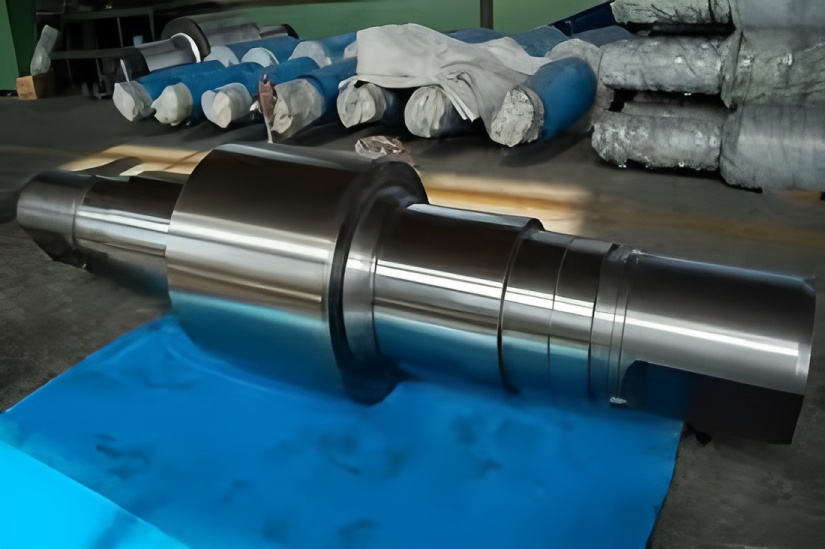Keywords: rolling technology, section steel rolling
Main Equipment for Section Steel Production
The production process for section steel involves multiple types of equipment, including: heating furnace, high-pressure water descaling system, rolling mill, profile gauge or caliper, shear or saw, hot stamping machine, cooling bed, straightening machine, grouping station, stacking station, punch baler, weighing equipment, and spray marking systems.
Common Defects and Control Methods in Section Steel Rolling
Underfilled Corners in Section Steel
Defect Characteristics
Insufficient metal filling at the corners of the finished product due to underfilled grooves, resulting in rough surfaces. This defect may occur locally or over an extended section.
Causes
(1) inherent groove design limitations preventing full corner formation;
(2) incorrect mill setup and uneven reduction distribution, leading to inconsistent elongation;
(3) severely worn grooves or guides, incorrect guide width or installation;
(4) low rolling temperature reducing metal plasticity and groove-filling capability;
(5) severe local bending of the stock causing underfilling after re-rolling.
Control Methods
(1) improve groove design and optimize mill adjustment and reduction distribution;
(2) correctly install guide devices and replace heavily worn grooves and guides promptly;
(3) adjust reduction based on stock temperature to ensure full corner filling.
Dimensional Out-of-Tolerance
Defect Characteristics
General term for section steel failing to meet dimensional standards. Excessive deviation leads to visible deformation. Defects are typically named by location and severity, such as out-of-roundness or over-length.
Causes
(1) improper groove design, uneven groove wear, mismatched old and new grooves;
(2) poor installation of mill components (including guides and guards), broken safety cushion;
(3) incorrect mill adjustment;
(4) non-uniform billet temperature causing inconsistent dimensions, especially with lower-temperature billets.
Control Methods
(1) ensure correct installation of mill parts;
(2) optimize groove design and improve mill adjustment;
(3) monitor groove wear—replace finishing passes and related grooves as needed;
(4) improve billet heating uniformity.
Waviness on Section Steel
Defect Characteristics
Wavy undulations along the length caused by uneven deformation. These may be local or continuous. On I-beams and channels, waist waviness refers to undulation along the web; leg waviness occurs along flange edges. Severe cases show overlapping metal or tongue-shaped voids.
Causes
(1) improper reduction distribution;
(2) axial roll shift or groove misalignment;
(3) severe wear in pre-finishing or finishing grooves;
(4) uneven temperature of the rolled stock.
Control Methods
(1) when replacing finishing grooves, also change pre-finishing grooves based on product requirements;
(2) improve mill adjustment, distribute reduction evenly, secure all mill parts to avoid misalignment;
(3) enhance billet heating for uniform temperature.
Cutting Defects
Defect Characteristics
Defects due to poor cutting include: surface scars from hot flying shear (varying depth, irregular shape); saw blade marks (sawing); non-perpendicular end cuts (beveling); uncut shrunk ends (short cutting); small cracks on sheared surface (tearing); residual metal flashes (burrs).
Causes
(1) non-perpendicular sawing/shearing or excessive bending of the head;
(2) equipment issues: excessive saw blade curvature, improper installation, large blade gap;
(3) operational issues: cutting too many pieces at once, insufficient end-cut, failure to remove hot-rolled shrunk ends.
Control Methods
(1) improve incoming stock condition, avoid excessive head bending, ensure perpendicular feeding;
(2) maintain equipment: use low-curvature saw blades, correct thickness, replace worn blades, proper installation and adjustment;
(3) operational control: avoid cutting too many pieces simultaneously, ensure sufficient end-cut, remove shrunk ends.


